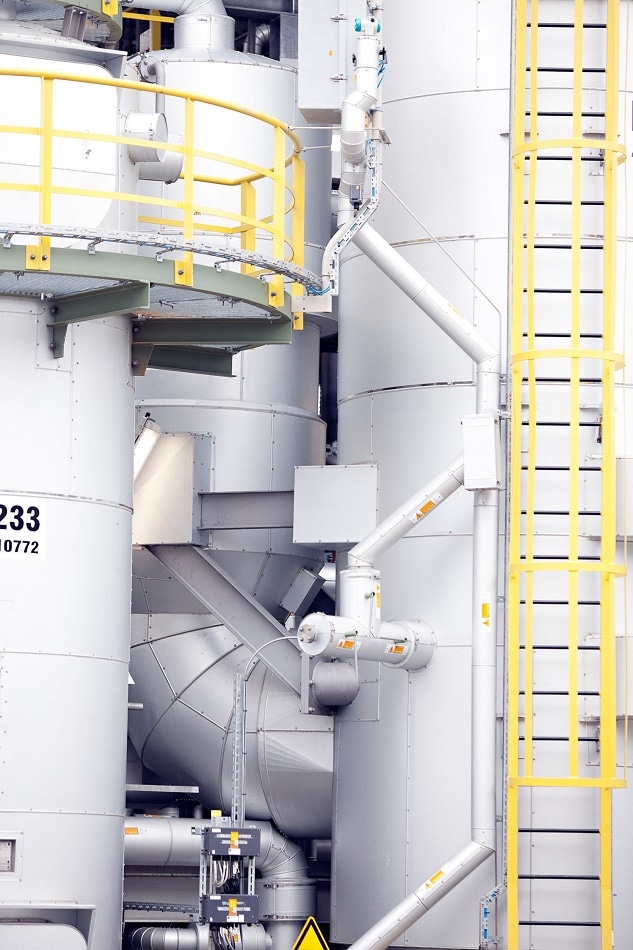Evonik has completed the conceptual and basic engineering phase for building its new polyamide 12 (PA12) production complex on schedule by the end of the past year and has now entered the project implementation phase. The facility complex is scheduled to become operational in the first six months of 2021.
 Additional facilities for producing polyamide 12 and its precursors will be constructed at the Marl Chemical Park in North Rhine-Westphalia and will supplement the existing production plants.
Additional facilities for producing polyamide 12 and its precursors will be constructed at the Marl Chemical Park in North Rhine-Westphalia and will supplement the existing production plants.
The some €400 million project, Evonik’s largest investment in Germany so far, is expected to increase the Group’s overall capacity for PA12 by more than 50 percent. Additional facilities for producing the polymer and its precursors will be constructed at the Marl Chemical Park in North Rhine-Westphalia and will supplement the existing PA12 production plant.
“This project is a special challenge,” explains Dr. Ralf Düssel, the Head of the High Performance Polymers Business Line at Evonik, which, among other products, manufactures VESTAMID® and VESTOSINT®, the Group’s PA12 granules and powders. “In Evonik's engineering unit, some 80 engineers are working on the project. We have also contracted a well-known, globally active technical service provider for the detail engineering of individual sub-projects. The construction project is located in the direct vicinity of ongoing production, with special safety standards, and we have to keep areas for construction containers, material storage, and pre-assembly open in addition to the actual construction sites. The Marl Chemical Park offers us optimal conditions for this extraordinary feat. Once we start up the new facility, the existing structures that have been in place for over 50 years will be used for product distribution.”
Polyamide 12 is in demand in attractive growth markets such as the automotive industry, oil and gas pipelines, and 3D printing. “This investment supports Evonik's consistent concentration on specialty chemicals. As a high-performance polymer for special applications, polyamide 12 is an important aspect of the Smart Materials Growth Engine,” adds Dr. Claus Rettig, the Head of the Resource Efficiency Segment. “What's more, products made from PA12 are usually energy-efficient: They are durable and require less maintenance than steel components, for example in gas pipelines, and contribute to lightweight construction, e.g. in automotive design.”